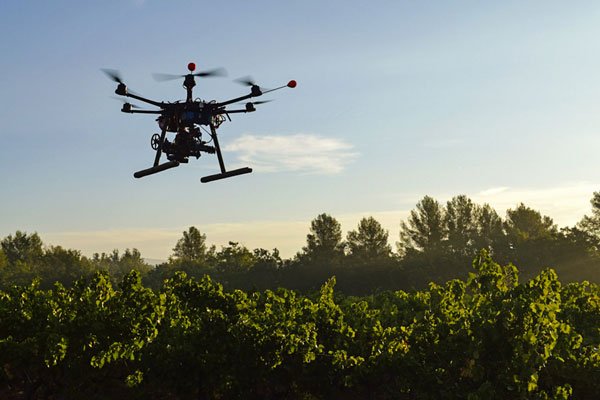CASTLE OF THE LAST YEAR A fire in Sierra Nevada, California, is estimated to have killed more than 10 percent of the world's largest sequoia, the largest trees in the world. Sequoia can live with many fires during life spans that last for thousands of years; its bark is fire resistant and relies on fire to reproduce. But as climate change gets worse, wildfires are getting bigger and stronger. According to state officials, six of the seven major fires in California history have occurred about a year ago.
To help restore deforested forests and reduce the effects of climate change, a number of young companies are seeking to distribute seeds from drones. At least three - Dendra Systems, CO2 Revolution, and Flash Forest - have promised to plant a billion trees or more.
But it is not clear how the forests under the guided drone can work. One study found that less than 20 percent of drone seeds take root and grow into trees. None of these companies can disclose how many trees have grown successfully so far.
Now, there is a new obstacle: the shortage of seeds that are expected to last for years is encouraging forest managers to make better use of all the seeds they have.
After Castle Fire, the California Department of Forestry and Fire Protection considered working with DroneSeed, a Seattle company that uses drones equivalent to washing machines to plant trees in six months of fire, to help restore Mountain Home State Forest. But the plan was foiled.
Fletcher is currently working with Dendra Systems founder Irina Fedorenko at another company that aims to plant trees with small drones, especially for small landowners. In partnership with WeRobotics, Flying Forests wants to plant trees with drones in 30 countries. It evaluates projects in Kenya, Panama and Uganda.
In April, the company distributed seeds on a hill near Reno as part of a US Forest Service pilot program. Fletcher estimates that 1 percent of those seedlings have begun to grow. Despite the low success rates, Fletcher says in areas where it is difficult for people to go or there is a shortage of staff, there is something better than something.
A spokesman for the media told the U.S. Forest Service that it was considering using drones to repatriate firefighting, especially in hard-to-reach areas, but that "survival and cost have never been better compared to hand planting."
Tree planting companies and government reforestation efforts will have to deal with ongoing seed shortages. A study by the World Resources Institute estimates that the US could plant 60 billion trees by 2040, but a study released earlier this year found that planting even half of that by 2040 would require federal nurseries to double its current production. Government forestry and conservation officials who wrote the report highlighting gaps in the national tree seed supply list also want more investment in seed collection and staff training.
Thank you for reading...
Regards
@Winy
